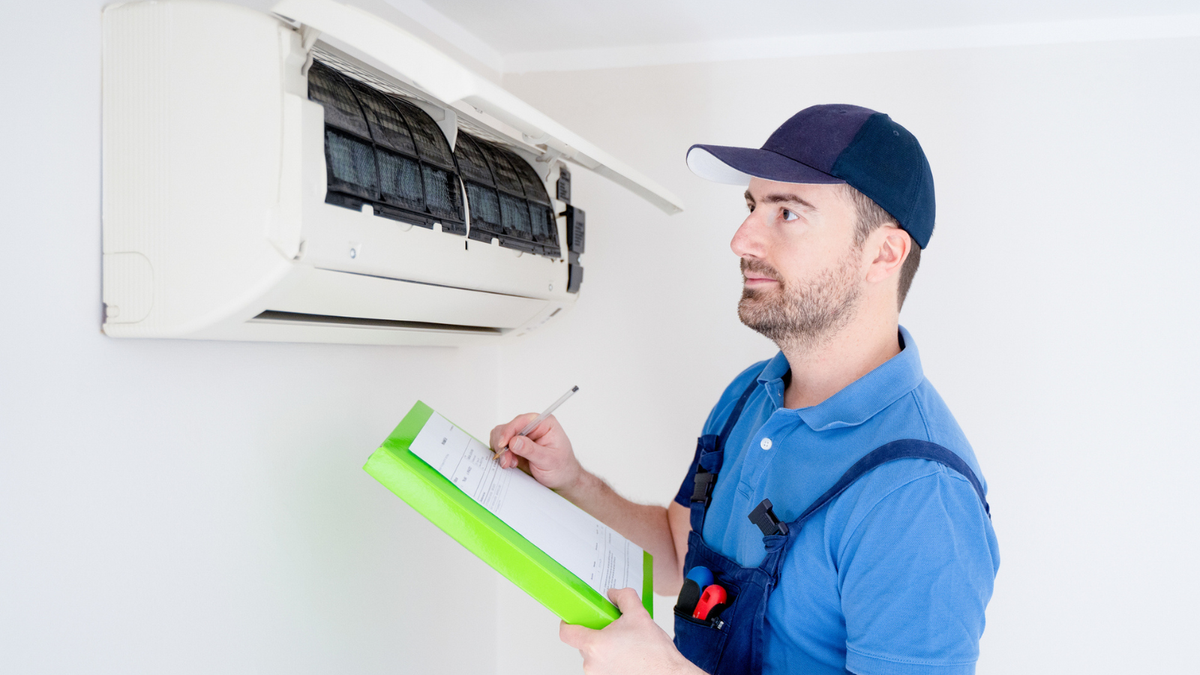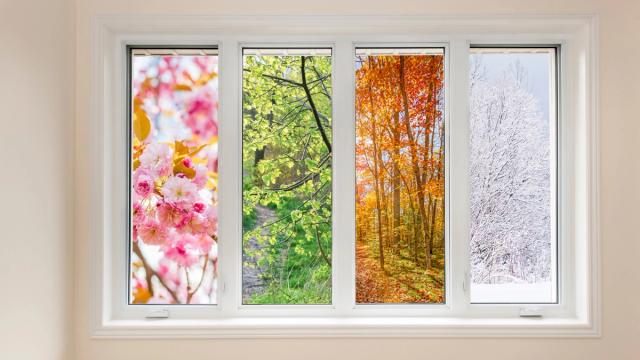How to Estimate HVAC Projects: Tips and Strategies to Win the Job
Educating customers, providing clear, precise estimates, and offering financing options can help your HVAC estimates stand out.

Estimating is one of the most important parts of an HVAC job — other than the actual work. HVAC estimates are often the first impression a customer gets from your business. They can affect how your relationship with the customer progresses, or if it progresses at all. So, how can you make sure your estimate stands out and drives a great customer experience? Let’s dive in.
How Do Customers Understand HVAC Estimates?
You provided an estimate and did the work, and the total cost ended up slightly above the estimated price. The customer complained, “This isn’t the price we agreed on,” even though you told them the price was subject to change. Does this scenario sound familiar?
Customers understand estimates much differently than professionals, although we probably don’t have to tell you that. Estimates are just that — an estimate. You won’t know the final cost until you start working and get a better picture. Prices get more firm once you provide quotes, bids, proposals, and, of course, invoices.
But this isn’t necessarily how your customer understands estimates. Some customers may think estimates are as firm as quotes, while others may get one number stuck in their head (often the lowest number) and forget that you provided a range.
It’s important to remember that customers don’t encounter HVAC pricing and terminology as often as you do. What’s second nature to you may be foreign to your customers. And even if you remind them multiple times the price could change, they might forget. HVAC repairs and replacements are often emergency expenses and can be stressful, especially when homeowners don’t have money saved for these situations. Stressful situations can lead to overwhelming emotions and, in turn, unclear communication and misunderstandings.
How to Present HVAC Estimates Effectively
There are three certainties in business: turnover, taxes, and unhappy customers. No matter how many disclaimers you provide, someone will still be unhappy. But how can you get ahead of this so you have more happy customers than unhappy customers when it comes time to pay?
1. Educate Your Customers
People who work in HVAC are often natural problem solvers. And as a natural problem solver, you probably want to know the “why” behind everything — and so do your customers. Educate your customers on the “why” behind your pricing, either written in the estimate or explained verbally to the customer. For example, explaining you use more expensive, durable materials could help you win the job over a lower estimate with lower-quality materials.
In addition, an HVAC company in Florida found that educating their customers so they can make informed decisions has helped increase customer loyalty and trust. When your customers understand what you’re doing and why you’re pricing a certain way, they’re less likely to be unhappy, even if you change the estimate.
2. Provide a Precise Estimate, Not a Range
Providing an estimated range is a great idea in theory, but it can unfortunately lead to unhappy customers when the total comes in at the high end. When you provide customers with a range, they’ll likely focus on the smaller number. Their goal is to pay as little as possible while still receiving great service.
For example, if you provide an estimate of $1,500–2,000, your customer may think the service will cost $1,500 — even though that’s not what you said. If the end total is $1,750, your customer may be upset because they got stuck on $1,500 and forgot about the $2,000 end of the range. But if you give them an estimate of $2,000, a final total of $1,750 will likely be well-received.
3. Use the Good-Better-Best Pricing Strategy
There are many variables to consider when estimating HVAC projects, which is why some estimators provide a range instead of a precise estimate. If precise estimates don’t fit your sales strategy, we recommend using the good-better-best pricing strategy.
Good-better-best pricing allows you to offer precise estimates without boxing yourself or your customer into a specific price or range. Instead, offer your customers three options with three sets of inclusions. The good solution should be the minimum amount of work and equipment required to fix their issue, and you can build on it from there for better and best estimates.
Continue reminding customers that these are estimates, not final numbers, and inform them of any changes as you work on the project. Providing reminders and clarifications in addition to these strategies should increase overall customer satisfaction.
Make Your HVAC Estimates More Competitive With Financing
Offering financing to customers is more important now than ever. A recent study found that a third of homeowners used personal loans to pay for unexpected home repairs and maintenance — including HVAC expenses. If a homeowner needs a personal loan to pay these costs and your competitor offers easy financing options, but you don’t, which company do you think they’ll choose?
FTL Finance makes it easy to offer affordable financing options to your customers. With a nearly 80% approval rate and 15-minute decisions, you’re sure to provide your customers with a great financing experience. Plus, our AppTracker platform allows you to provide good-better-best HVAC estimates with inclusions and financing options all in one place. You can even email or print the estimates for your customers so they have time to think it over and make an informed decision.
Providing effective estimates can be challenging, but using these tools and strategies can help limit misunderstandings between you and your customers.
 Sales StrategyUsing Seasonal Specials to Boost Your HVAC Business Year-Round
Sales StrategyUsing Seasonal Specials to Boost Your HVAC Business Year-Round Sales StrategyThink Like a Customer: The Psychology Behind Closing More HVAC Deals
Sales StrategyThink Like a Customer: The Psychology Behind Closing More HVAC Deals Sales Strategy, Financing Essentials3 HVAC Mistakes That Are Costing You Money
Sales Strategy, Financing Essentials3 HVAC Mistakes That Are Costing You Money